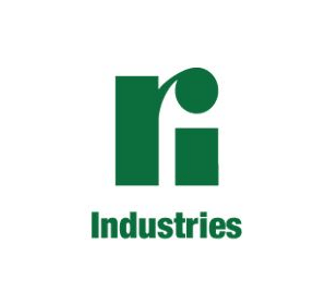 The Ri-Treat Waste Water Treatment System is an environmentally friendly wastewater treatment system Adelaide guaranteed to be of superior quality. It is designed to reclaim the wastewater produced by your home, recycle it, and re-use it around your home. It is a great conservation tool and a way to save money on your water bill.
The Ri-Treat Waste Water Treatment System is an environmentally friendly wastewater treatment system Adelaide guaranteed to be of superior quality. It is designed to reclaim the wastewater produced by your home, recycle it, and re-use it around your home. It is a great conservation tool and a way to save money on your water bill.
As with anything in life, to get the best results you should make sure to take proper care of the system. In addition to caring for the system itself, you should also monitor the substances which make their way into the system. Why is this so important? Substances mixed with wastewater will be reclaimed and recycled and will make their way back into your ecosystem. It is important that they don’t have a harmful effect.
One area which deserves close attention is your choice of household cleaners. You want to avoid putting poisonous materials into your waste water. The following are suitable cleaners:
- Vinegar
- Bicarbonate of soda
- Soap – in the form of washing powder, dishwashing liquid and ordinary body soap
- Biodegradable cleaning liquids
Disinfectants should be used sparingly. Bleach, antibacterial solutions or toilet cleaners should NEVER be used. Should any form of bleach enter the system this may cause the system to work inefficiently. The bleach will kill off all the ‘good bacteria’ and can create an odour in the system. In addition, doing two or more loads of washing in a 24-hour period can mean the system may not operate effectively. It is recommended that clothing be washed over a period of time to ensure effective operation of the system.
Ri-Industries is proud to deliver quality products that help residents of South Australia with the important task of conserving water. Please call us, at 08 8444 8100, to learn more about our products.





